Bow Saw Chainsaw Review
- January 9, 2024
- 6 comment
The bow saw chainsaw, a remarkable evolution in the world of forestry and woodcutting, presents a fascinating journey from its inception to its modern-day form. This tool, often overshadowed by its more conventional counterparts, has a unique history and a specialized set of uses that have made it a preferred choice in specific sectors, particularly the pulpwood industry.
What is a Bow Saw Chainsaw?
The bow saw chainsaw represents an innovative amalgamation of time-honored techniques and contemporary technological advancements in the field of woodcutting. This distinctive tool borrows its form from the classic archer’s bow, a shape that has been revered for centuries for its elegance and functionality. However, it diverges from tradition by integrating the robust, mechanized power typical of a modern chainsaw.

Distinguishing itself from conventional chainsaws, the bow saw chainsaw is equipped with specialized components – bow guide bars and a bow blade. These features are meticulously designed to cater to specific woodcutting tasks, providing a level of precision and efficiency not always achievable with standard chainsaw designs. The bow blade, in particular, allows for unique cutting angles and approaches, making it highly effective for certain types of cuts.
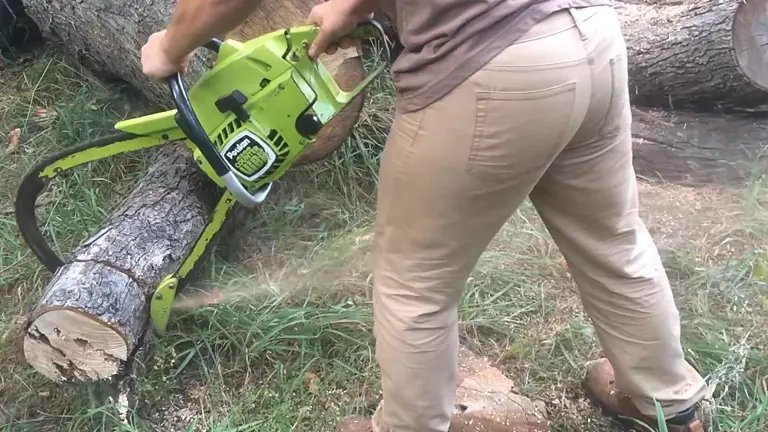
Despite its specialized nature, the bow saw chainsaw is not as ubiquitous as its more generalized counterpart. Its use tends to be more prevalent in industries or situations where its unique capabilities can be fully leveraged. For tasks that require its distinct cutting style and the advantages offered by its bow-shaped design, the bow saw chainsaw is highly valued and considered irreplaceable by those who rely on its unique strengths.
Primary Uses of Bow Saw Chainsaws
- Cross-Cutting Wood: The bow saw chainsaw is primarily utilized for cross-cutting tasks, particularly when dealing with logs lying on the ground. Its design is highly efficient for handling smaller logs, providing a significant advantage in this aspect. The ergonomic design of the chainsaw reduces the need for the operator to bend excessively, thereby minimizing physical strain. This feature makes the bow saw chainsaw not only effective but also comfortable to use over extended periods, especially in situations where precise and frequent cutting of logs is required.
- Making Logs and Bucking: When it comes to creating logs and bucking small fence posts, the bow saw chainsaw is the tool of choice for many. The curved bar of the chainsaw interacts with wood in a manner distinct from traditional straight bars, offering ease and increased speed in cutting through smaller pieces of wood. This capability is particularly beneficial in logging operations where quick and efficient processing of wood is essential. The unique design of the bow saw chainsaw allows for smooth and rapid cutting, making it an invaluable tool in small-scale logging and woodworking tasks.
- Brush Cutting: The bow saw chainsaw also excels in brush cutting or bucking tasks, particularly with wood pieces as small as 4 inches in diameter. This ability makes it an effective tool for managing underbrush and small branches, where precision and ease of handling are crucial. The design of the chainsaw allows for fast cutting action, significantly reducing the physical effort and time required for such tasks. This aspect of the bow saw chainsaw is particularly appreciated by users who need to clear brush or small branches efficiently, without the physical strain associated with using larger, less specialized chainsaws.
History of the Bow Saw Chainsaw
The evolution of the bow saw chainsaw is a testament to the ingenuity and progression in woodcutting tools over the past century. Its development journey is marked by several key milestones:
Poulan’s Innovation During WWII
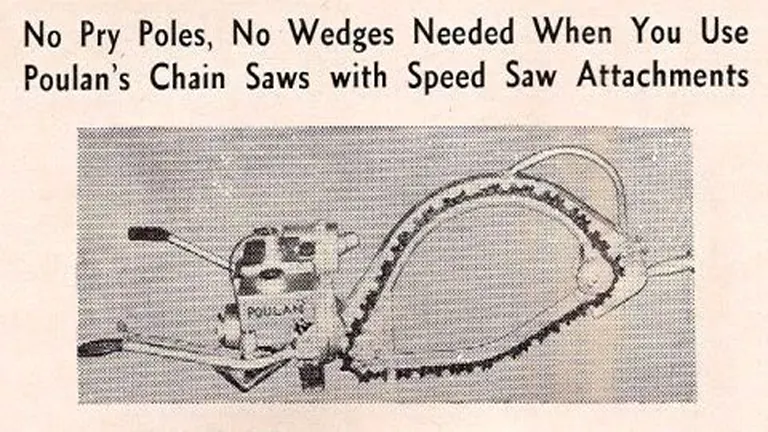
The significant redesign of the bow saw chainsaw can be attributed to Poulan’s innovative efforts during World War II. Poulan was instrumental in creating the bow bar chainsaw, a development that culminated in the release of the “Speed Saw” attachments in 1946. This innovation paved the way for the introduction of the Poulan model 2400 chainsaw in 1948, marking a new era in the design and functionality of the bow saw chainsaw.
The Precision Chain Saw of 1946
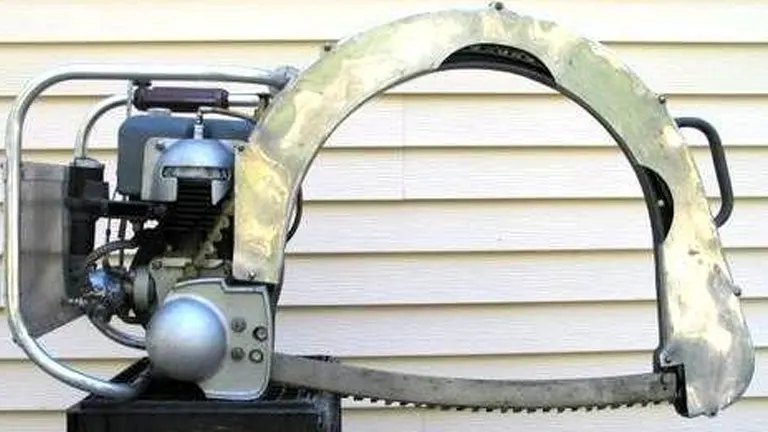
This year saw the introduction of the Precision Chain Saw, the world’s first one-man gasoline-powered bow saw. This launch was a game-changer in the market, shifting the paradigm from larger, more cumbersome equipment to more compact and user-friendly designs, significantly impacting the woodcutting industry.
Mall’s One-Piece Bow Saw in 1947
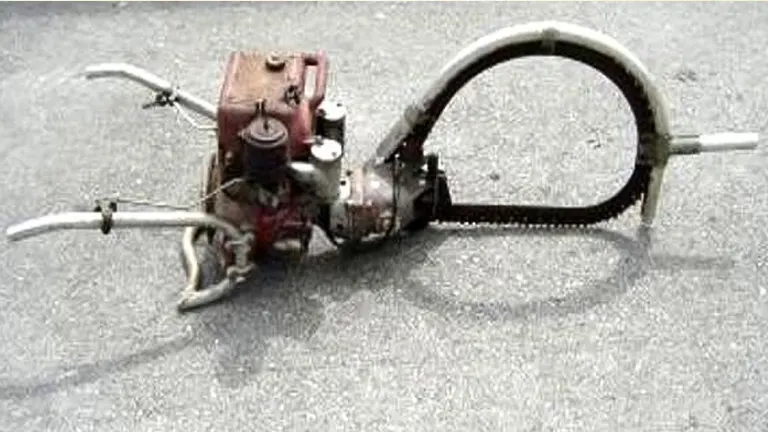
Mall further contributed to the evolution of this tool by introducing the first one-piece bow saw in 1947. This innovation laid the foundation for subsequent design improvements, enhancing the tool’s efficiency and usability.
Homelite’s Clearing Bar in 1955
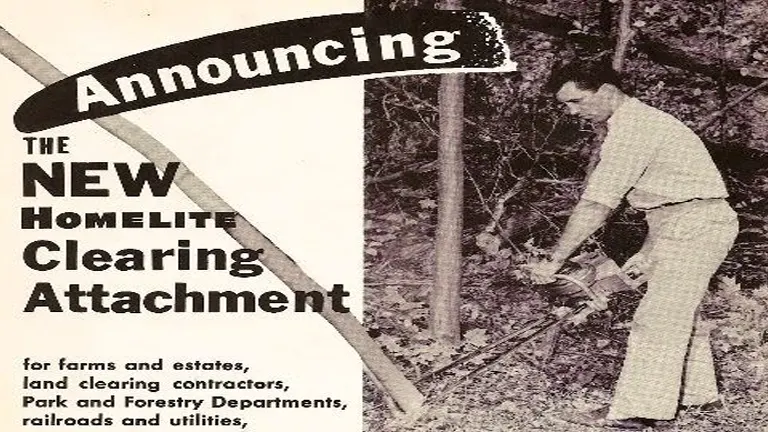
Homelite’s introduction of a condensed teardrop-shaped bow bar in 1955 marked another significant advancement in bow saw chainsaw design. This new shape set fresh industry standards, optimizing the tool’s effectiveness and ergonomics.
The Modern Bow Saw Chainsaw
The decade following World War II, specifically from 1946 to 1956, marked a revolutionary phase in the development of the bow saw chainsaw. This period was characterized by significant shifts in design and functionality, reflecting the changing needs and technological advancements in the forestry and woodcutting industry.
- The post-war era witnessed a substantial shift from the earlier, cumbersome two-man chainsaws to more compact, efficient one-man models. This change made the bow saw chainsaw more practical and user-friendly, particularly for individual operators or smaller teams.
- Another notable development during this period was the transition from gear drive systems to direct drive systems in chainsaws. This technological leap enhanced the overall efficiency, reliability, and accessibility of chainsaws. It allowed for a more straightforward mechanism, reducing maintenance requirements and improving the ease of use.
Bow Saw Chainsaw Manual
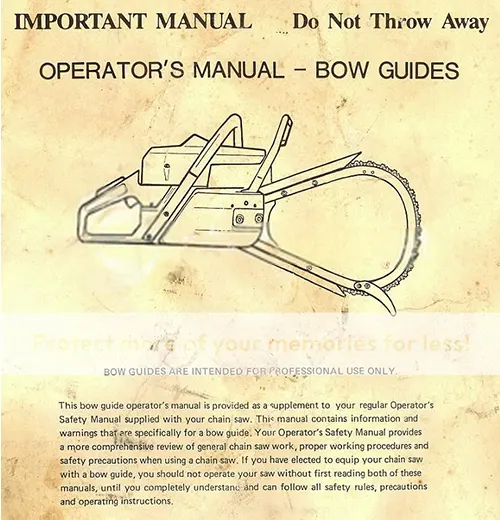

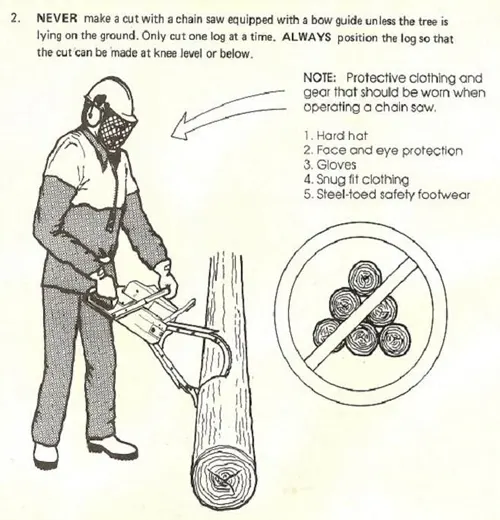
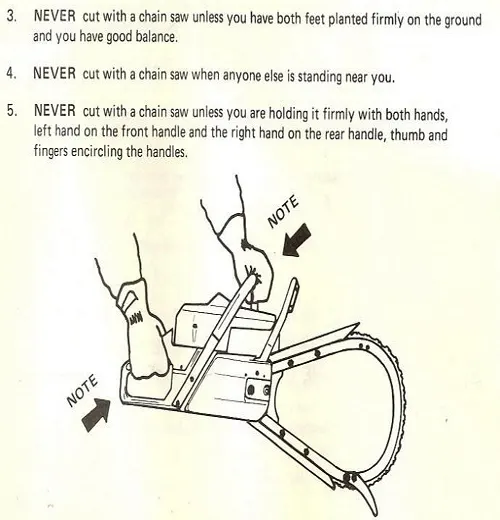
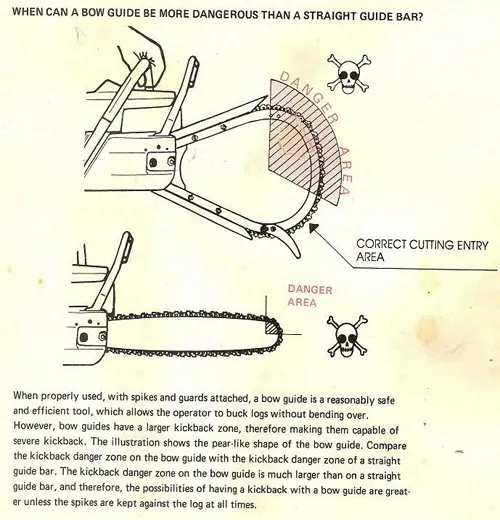
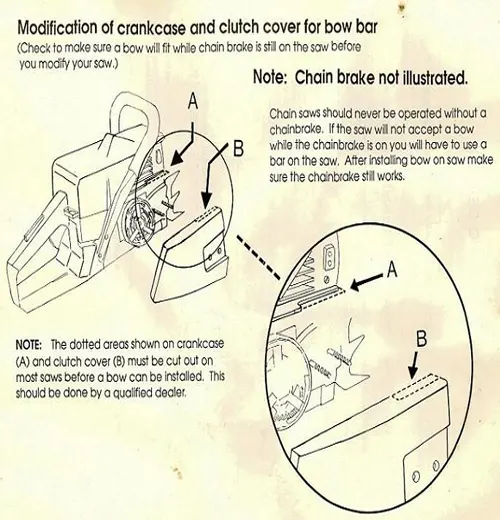
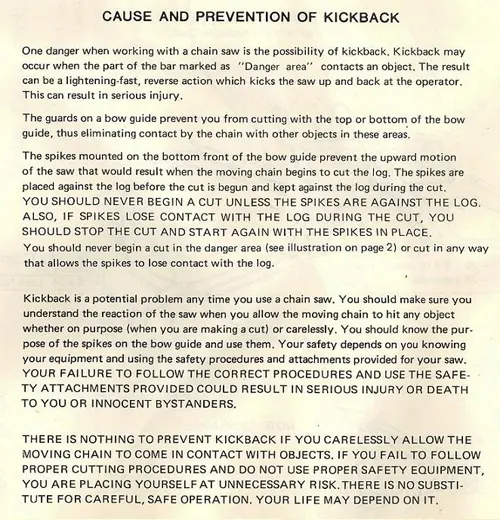
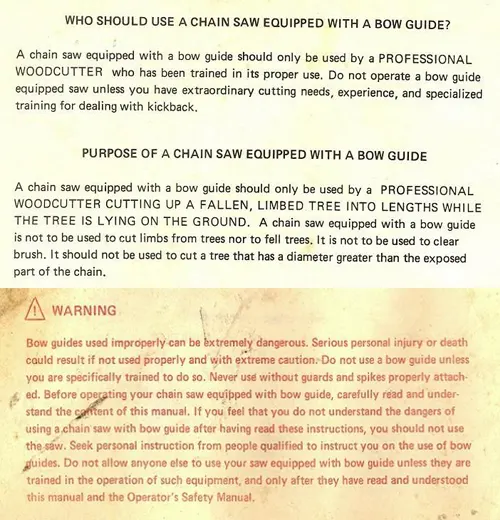
Safety and Handling of the Bow Saw Chainsaw
While the bow bar chainsaw offers unique advantages in woodcutting, it also demands a high level of skill and caution in its operation. One of the primary concerns with this tool is its propensity for kickbacks, which can be more prevalent than in standard chainsaws. Kickback occurs when the chain blade encounters an obstruction or is pinched, causing the saw to jerk back toward the operator. This risk necessitates that operators not only be well-trained in using the bow saw chainsaw but also have a deep understanding of its mechanics and the specific techniques required for its safe use. Adherence to safety protocols, including wearing appropriate personal protective equipment and understanding the nuances of the tool’s operation, is vital for reducing the risk of accidents and ensuring safe and efficient operation.
Conclusion: The Enduring Legacy of the Bow Saw Chainsaw
In the grand scheme of forestry and woodcutting tools, the bow saw chainsaw stands out for its specialized application and unique design. Although it doesn’t boast the widespread popularity of standard chainsaws, it has successfully carved out a niche for itself, particularly in sectors like the pulpwood industry. The evolution of the bow saw chainsaw from a rudimentary concept to a sophisticated, highly specialized tool is a testament to the ingenuity and flexibility of the woodcutting industry.
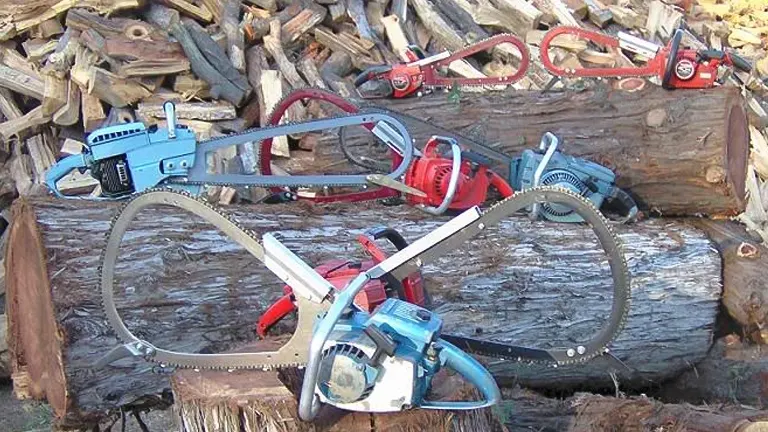
The story of the bow saw chainsaw is one of continuous adaptation and improvement. As technological advancements continue to reshape the landscape of tools and equipment, the bow saw chainsaw remains an emblematic example of how traditional methods can be harmoniously blended with modern innovations. Its enduring presence in the industry underscores its effectiveness, efficiency, and the specific value it brings to the tasks for which it is best suited. Looking ahead, the bow saw chainsaw is likely to retain its relevance, serving its specialized purposes with the same efficacy and reliability that have characterized its historical journey.
Looking for a Bow Bar Chainsaw? Check it out here! Southern Forestry Products
FAQs
- What distinguishes a bow saw chainsaw from a regular chainsaw?
Unlike traditional chainsaws, a bow saw chainsaw incorporates a bow-shaped bar and blade, reminiscent of an archer’s bow. This unique design is specialized for tasks like cross-cutting wood on the ground, making logs, and brush cutting. - Why isn’t the bow saw chainsaw as popular as the standard chainsaw?
The bow saw chainsaw is designed for specific tasks and is more niche in its application, making it less common for general use. It’s particularly valued in industries like pulpwood cutting, where its unique capabilities are most beneficial. - How did WWII impact the development of the bow saw chainsaw?
During WWII, innovations like Poulan’s creation of the bow bar significantly advanced the design of these chainsaws. The post-war era saw a shift from bulky, two-man models to more efficient one-man models, largely driven by the need for more practical and affordable woodcutting tools. - What are the safety concerns associated with using a bow saw chainsaw?
The bow saw chainsaw is more prone to kickbacks compared to standard chainsaws. Operators need to be well-trained and experienced, understanding both the tool’s mechanics and the specific techniques for safe operation. - Can the bow saw chainsaw be used for cutting large trees?
While capable in many scenarios, the bow saw chainsaw is best suited for smaller logs and brush cutting. Its design isn’t typically intended for felling large trees, a task better handled by conventional chainsaws. - What was the first one-man gasoline bow saw chainsaw, and why was it significant?
The Precision Chain Saw, introduced in 1946, was the first one-man gasoline bow saw. It marked a significant shift in the industry, making chainsaws more accessible and user-friendly for individual operators. - How has the design of the bow saw chainsaw evolved over time?
The design has evolved from simple, bow-shaped saws to more complex models featuring one-piece bow saws and teardrop-shaped bars. These advancements have improved efficiency, ease of use, and safety. - What is a bow bar chainsaw used for?
A bow bar chainsaw is primarily used for cutting small logs, brush, and pulpwood. Its unique U-shaped bar design makes it ideal for cross-cutting logs that are lying on the ground and clearing thick underbrush efficiently. - Do they still make bow chainsaws?
Bow chainsaws are not commonly made anymore due to safety concerns, particularly the increased risk of kickback. However, some manufacturers still offer replacement parts for older models, and you may find them in specialized or vintage equipment markets. - What is a bow chainsaw used for?
A bow chainsaw is used for cutting small to medium-sized logs, brush clearing, and bucking. It is especially valued in the pulpwood industry for its efficiency in cutting wood that is lying flat on the ground.
Join the discussion below by sharing your experiences, tips, or reviews. Your contributions help others make informed decisions and navigate their chainsaw choices with confidence. Let’s build a community of shared knowledge for all wood-cutting enthusiasts!

David Murray
Forestry AuthorI'm David Murry, a forestry equipment specialist with a focus on chainsaw operation. With over 13 years of experience, I've honed my skills in operating and maintaining a wide range of machinery, from chainsaws to log splitters. My passion for the outdoors and commitment to sustainable forestry drive my work, which emphasizes safety, efficiency, and staying updated with industry advancements. Additionally, I'm dedicated to sharing my expertise and promoting environmental awareness within the forestry community.
6 comments
At forestry school at Penn State there was both styles of bow bars they used. Students would always grab the regular saws first leaving the rest of us with the bow bars so I operated one often . It was good times ,memories and no injures. I only see them now at farm shows at the antique equipment. Heard they no longing make them . Happy Cutting
timothy B Hogan
January 16, 2024 1:49 pmWell they look cool and everything and I've always wondered what they're for but if their main uses for cutting logs on the ground I'm not very impressed cuz you can cut logs on the ground with any chainsaw
Jacob S Rose
January 14, 2024 5:58 pmOnly thing I can say is that I truly miss my bow saws
W.M. Brockwell
January 14, 2024 1:42 pmBoy this article was a blast to the past for me . Only used one once, ripped my jeans so I left it to more experienced operators

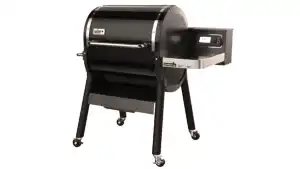
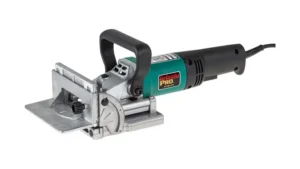
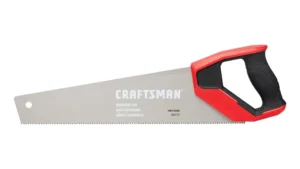
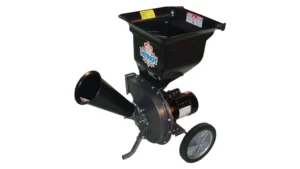
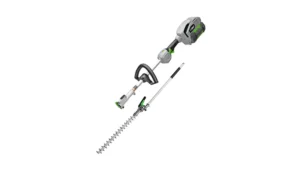
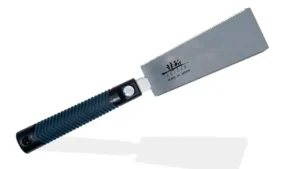
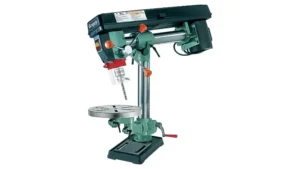
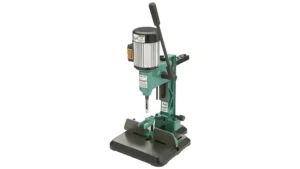

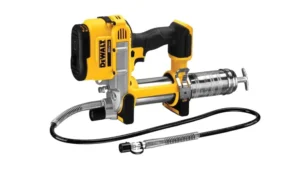
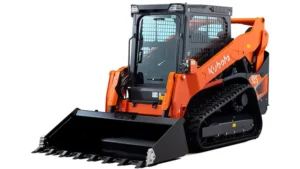
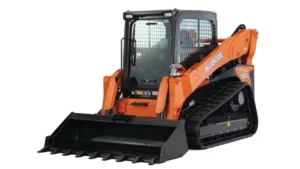
Very interesting i love it
Jim hayes
January 17, 2024 3:35 pmI’m thrilled to hear that you found it interesting! It’s always great to connect with someone who shares a passion for such topics. Thank You!
David Murray
January 18, 2024 5:47 am